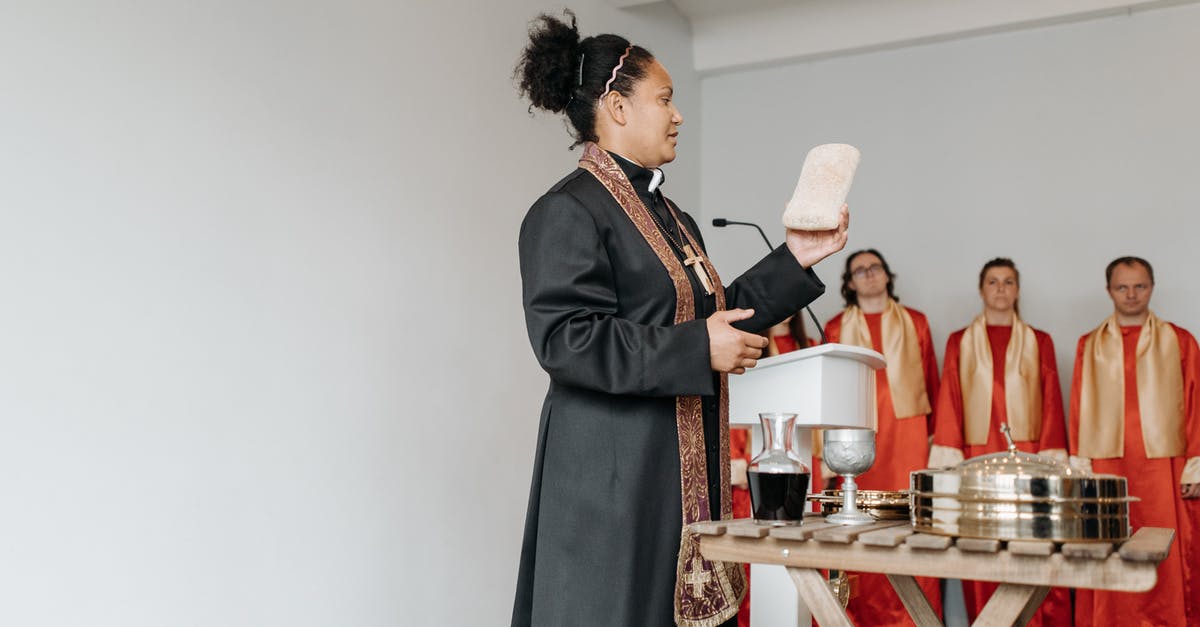Who is Sera talking to?

In Leaving Las Vegas, Sera is seen talking to the camera or an unseen person as if she is being interviewed. There are clips throughout the movie of her doing this. The conversations begin with her talking about her profession of being a prostitute and slowly move to her talking about Ben and their relationship together as the movie progresses.
One such scene shows Sera talking to the camera (or unseen person) about her relationship with Ben:
I think we realized that we didn't have long and accepted it. My charm, for him, was that I accepted him exactly as he was and didn't expect him to change. I think we both realized that about each other. Ben needed me and I liked his drama. I loved him.
Is it ever explained who she is talking to while she is revealing these stories?
Best Answer
She's talking to a therapist. Figgis used this to allow her character to convey her thoughts, as he explains in Bette Gordon's interview for Bomb:
Bette Gordon: The love interest, Sera—were her psychotherapy scenes in the book?
Mike Figgis: The principle difficulty in making a book like Leaving Las Vegas—which I think is a brilliant book—into a film is that it is existential. A lot of it is in his head, stream of consciousness stuff. You really have to study it to work out, Is this past tense? Is this a fantasy? Is this happening now? It really doesn’t help much when you come to translating it into sequential film narrative—which is a bit stupid compared to the freedom of a novel. She had all the stream of consciousness stuff as well, O’Brien wrote it from Sera’s and Ben’s points of view …
Bette Gordon: Ah, interesting, so it oscillates between the two points of views.
Mike Figgis: You’re in both of their heads. The device of him being a drunk gives him artistic license to tell his back story poetically, or talk to other people, ’cause he’s a drunk he can say whatever he wants. She doesn’t have that voice, and yet she has internal thoughts. I had wrestled with three drafts, got it pared down to the bone stuff, and was about to go into production, but I had this nagging fear that she didn’t have enough of a voice away from talking to him. In order for a love story to be two-handed, she needed this voice. So I went back to all the outtakes in the novel of her stream of consciousness stuff. The therapy was the only way I could think of to include it other than voice-over, which I don’t like.
To Figgis these scenes can be explained easily:
The idea of her talking, as it happens, to her shrink, makes sense because it’s an American film. And I like the idea that a prostitute would go to a shrink anyway. When you work through the logic, if you’re earning five, six, seven thousand a week, you buy a lot of quick things. You probably go to a gym, and why not go to a shrink? You’ve got a lot to get rid of. It is a way of keeping yourself together if you aren’t religious.
The circumstances surrounding the filming of these scenes are notable as well:
So I shot her therapy scenes as a camera test before we even started shooting the film. Elisabeth and I, the camera man and sound man set up—she changed her clothes every twenty minutes, and it took us about two hours. I asked her questions off-camera, and didn’t overlap her dialogue, just played the shrink, which was not that difficult.
When we got to the end of the actual shoot I thought, I’d better look at that footage again, because I suspect it’s going to end up in the film. She hadn’t even shot her first scene with Nic yet when we did it. She knew intellectually how tragic the story is, but she hadn’t gotten into it. And I thought we might have to spend another two hours one evening shooting more stuff. So I went back to the editing table and put it up, and I was just blown away with how fluently on the button she was, pre-having met Ben, and saying, “I don’t know if I should see him again but I looked for him on the street last night.” That was completely from Elisabeth. I said to her, “Are you going to see him again?” She got that catch in her voice and said, “I found myself looking for him on the street last night.” I was in tears and I thought, she doesn’t have to reshoot anything. So that was all a camera test. Everything. Including the section after his death.
The interviewer points out that the "therapist" device has been used before in movies by referring to a famous example:
Bette Gordon: Remember Klute?
Mike Figgis: I do. Great footage. Having made that decision there was a little nag and I thought—I’ve seen this before somewhere. And Elate is one of my favorite films. But I hadn’t seen it for a long time. I do remember that she goes to the shrink and I purposely didn’t go and check it out again.
Figgis' annotated book version of his screenplay offers some more information:
In pre-production I took a tough look at the script. This is always a crucial moment on a film because the actors are in place and practical decisions are being made about locations and so on. The story starts to be real. I liked the script but I had a nagging worry that Sera didn't have enough of a voice in the story. In the book there is a lot of internal thought from her, but in the script it was difficult to find a way of expressing those ideas. Her thoughts are about her job as well as about Ben and they are not the kind of ideas that could be expressed in the context of dialogue to him. Ben, on the other hand, is a drunk and has licence to be as expressive as he likes. For example, his thoughts in the bank are recorded on a portable tape machine and we learn something about him. Sera's character does not have that freedom. So I came up with with idea of her talking to a therapist (not a new device, I remember it in Klute). I went back to the book and found all the interesting stuff about her and put it into the script as therapy sessions. I reasoned that she would have plenty of cash and if everyone else in the US is talking to a shrink, why wouldn't a prostitute?
However, not everyone agreed with this approach:
Lila Cazes (the Producer from Lumiere pictures) didn't like these changes at all and asked me to take them out of the script again, which I did.
But Figgis persevered anyway:
However, I was still concerned about the imbalance, so I did a sneaky thing. We shot a camera test the week before the shoot and I asked Elisabeth to wear her costume. I gave her all the deleted text to read and then, on camera, I interviewed her in her character as Sera and she improvised her answers based on the material from the book. Some other things came out of the sessions which had a lot more emotion in them, and I think these elements were crucial to her character. She told me afterwards that it was a great way of getting into character.
[...]
The Lumiere folk were not happy that I'd done this, but I told them that it had cost them nothing and we should think of it as insurance and probably wouldn't use it. They calmed down, but in my heart I knew it would end up in the film.
Figgis planned on reshooting these scenes:
Towards the end of the shoot I remembered the footage and thought I should take another look at it because, after all, on the day we did it Lisa hadn't even done a scene with Nic and hadn't really formed her character. I had in mind the idea of stealing an hour one night to do some more therapy. I asked Waldemar Kalinowsky (Production Designer) to get the couch ready. I viewed the footage again and was blown away by how accurate her emotions were. I was moved to tears by the last scene and cancelled the extra 'illegal' shoot.
Notably, the first cut of the movie lacked the therapy scenes:
None of these therapy scenes appeared in the first cut of the film. This was deliberate. I wanted to be absolutely sure that they were needed. Afterwards we quickly made a second pass and added everything.
Pictures about "Who is Sera talking to?"



Talking to Sera (all options) | Dragon Age: Inquisition
More answers regarding who is Sera talking to?
Answer 2
Sera went to see a therapist after Ben passed away. Except for the opening scene which depicts Bens final days in Los Angeles before making the decision to move, the story is explained to us through a visit between Sera and her therapist. Being all alone, one can only assume Sera needed someone to talk to after Bens passing. She was in love with him. So much, that she accepted him and his decision unconditionally. Her final statement to the therapists being, "... I accepted him completely.."
Sources: Stack Exchange - This article follows the attribution requirements of Stack Exchange and is licensed under CC BY-SA 3.0.
Images: Tima Miroshnichenko, Pavel Danilyuk, Pavel Danilyuk, Tima Miroshnichenko
